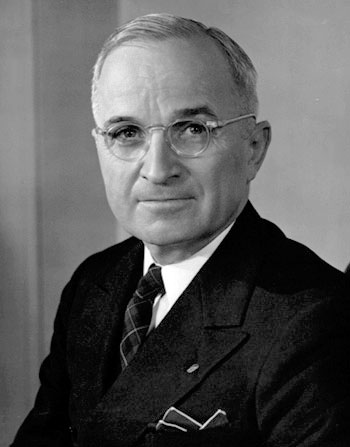This module is for Grades: 6-8 Welcome
During the second half of the twentieth century, economic and political power was divided between the United States and the Soviet Union. After World War II ended, many nations allied with one of the two sides, and the "Cold War" began. During the Cold War, the U.S. and the Soviet Union competed for resources and power. They became involved in a dangerous race to create the largest militaries and the most powerful nuclear weapons.
These two countries also had very different political and economic systems. The Soviet Union had an economy based on the belief in communism, which outlawed private property and eliminated social classes. The Soviet Union’s political system was based on authoritarianism, in which a government is ruled by a dictatorship that enforces decisions with force, and represses individual rights.
The economy and government of the United States opposed these systems in the Soviet Union. Capitalism is the basis for the economy in the United States, which supports the private ownership of goods and competition in markets. The government of the United States is a democracy, which promotes representative government and individual rights in the United States. Tension between these two nations was based on their different political and economic systems, and the distrust that developed between them.
Harry Truman became president in 1945, during the early years of growing tensions. Truman’s speeches reflected the messages he wanted to publicly send to the American people and government, U.S. allies and communist enemies. In the activities that follow, you will examine two of Truman’s speeches during the Cold War. You will also examine specific vocabulary in the speeches, and the way that vocabulary and other methods are used to convey particular messages that reflect Truman’s point of view.
Module Objectives
By the end of this module, you will be able to:
- Explain how an author uses language and information to convey a particular message to an audience.
- Identify the philosophy of the United States after World War II during the Cold War.
- Identify an author’s purpose or point of view using the language and information included in a source.

President Harry S. Truman served during a politically and economically tense time in American history.
Focus Standard
RH.6-8.6 - Identify aspects of a text that reveal an author’s point of view or purpose (e.g., loaded language, inclusion or avoidance of particular facts).
Skill(s)
- Author’s Purpose or Point of View








